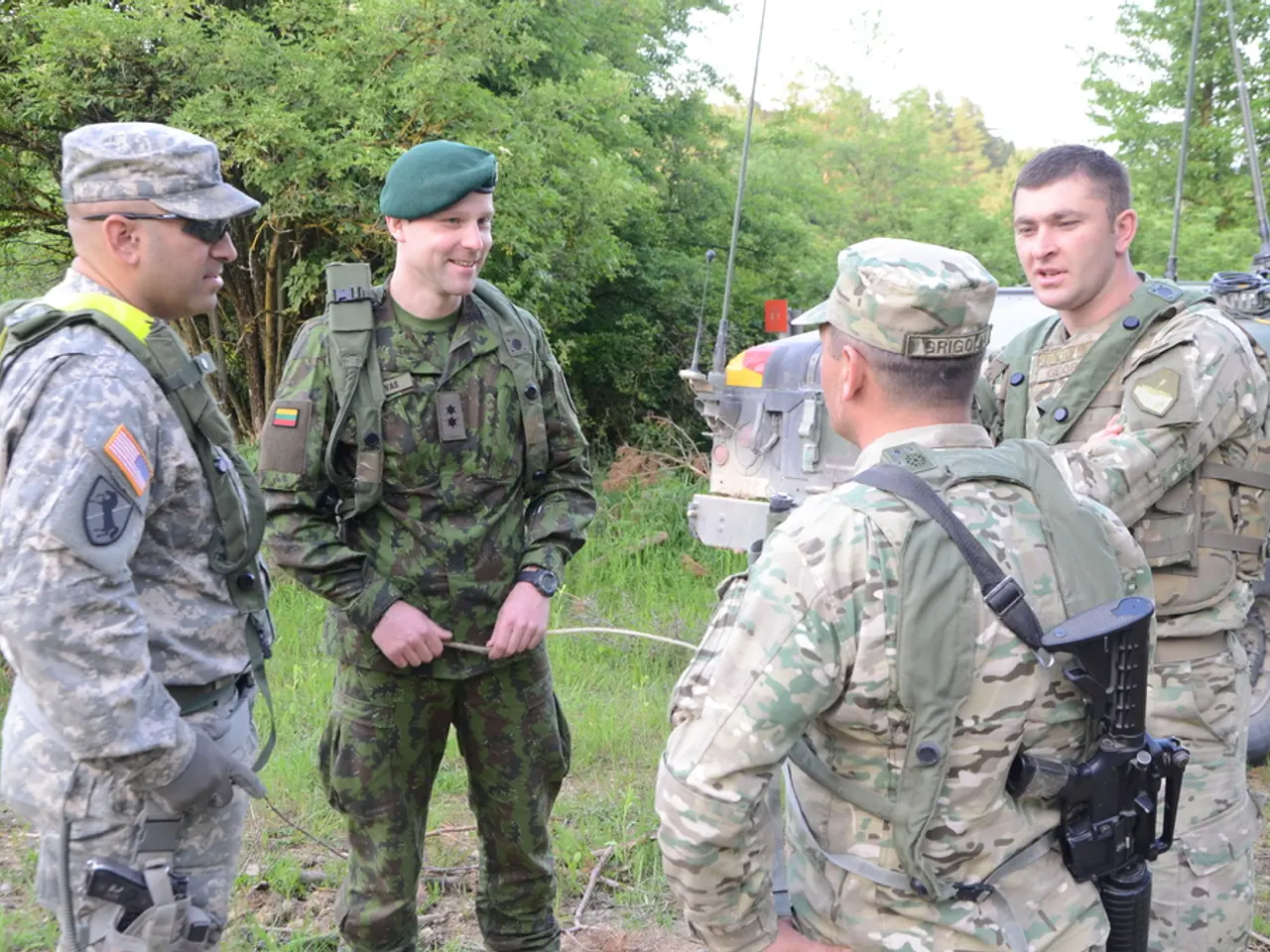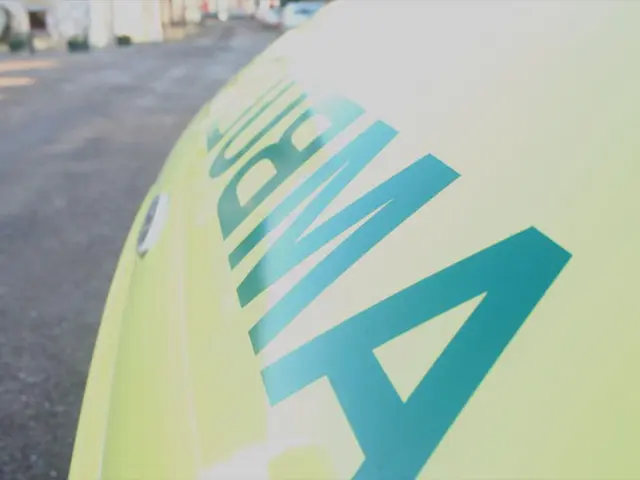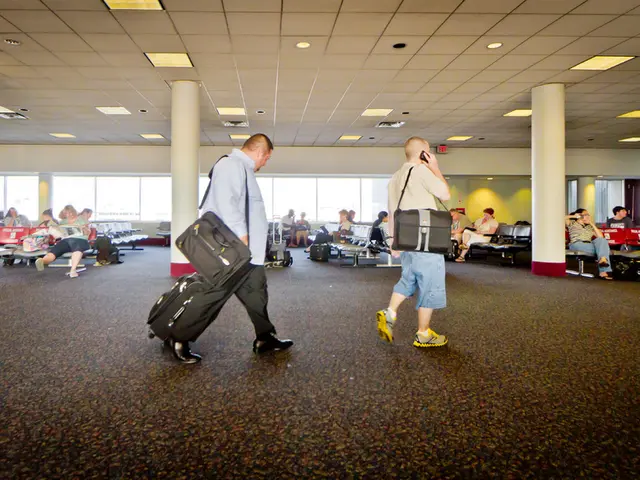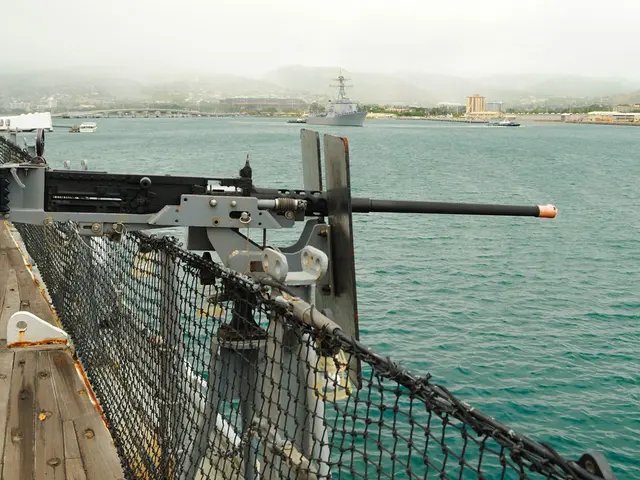UK Armed Forces Face Severe Challenges Amid Global Threats
Britain's armed forces face severe challenges, with Russia's resurgence, America's distraction, and Europe's division posing significant threats. The Army struggles to field sufficient numbers, while the RAF and Royal Navy have seen dramatic reductions in their combat capabilities. Immediate defence investment is crucial.
The UK's defence sector is in dire need of support. Baroness Foster of Aghadrumsee and Lieutenant Colonel Stuart Crawford have led initiatives to improve the Ministry of Defence's contract bidding process, benefiting SMEs like QinetiQ, BAE Systems Applied Intelligence, and Ultra Electronics. However, reforming the procurement system is vital to address immediate military issues, not just long-term growth.
The Army currently has around 73,000 regulars, but it lacks essential equipment such as tanks, artillery, and modern air defence systems. The RAF has shrunk from nearly 850 combat aircraft to just over 100 today, while the Royal Navy has only a handful of frigates and destroyers, with submarines often unavailable due to crew shortages. These weaknesses highlight the urgent need for increased defence spending.
Britain's defence industry must be bolstered to ensure the nation's security. Spreading defence investment across all UK regions and boosting exports are key to a robust industry. However, immediate military issues must be addressed, and the Defence Industrial Strategy should focus on strengthening the armed forces, not just economic growth.
Read also:
- Thessaly's Climate Plan Stalls Two Years After Storm Daniel Devastation
- International powers, including France, Germany, and the UK, advocate for the reinstatement of sanctions against Iran.
- Election contenders in Quebec city council elections believe they hold promise for success
- Trump announces Chinese leader's approval for TikTok agreement








